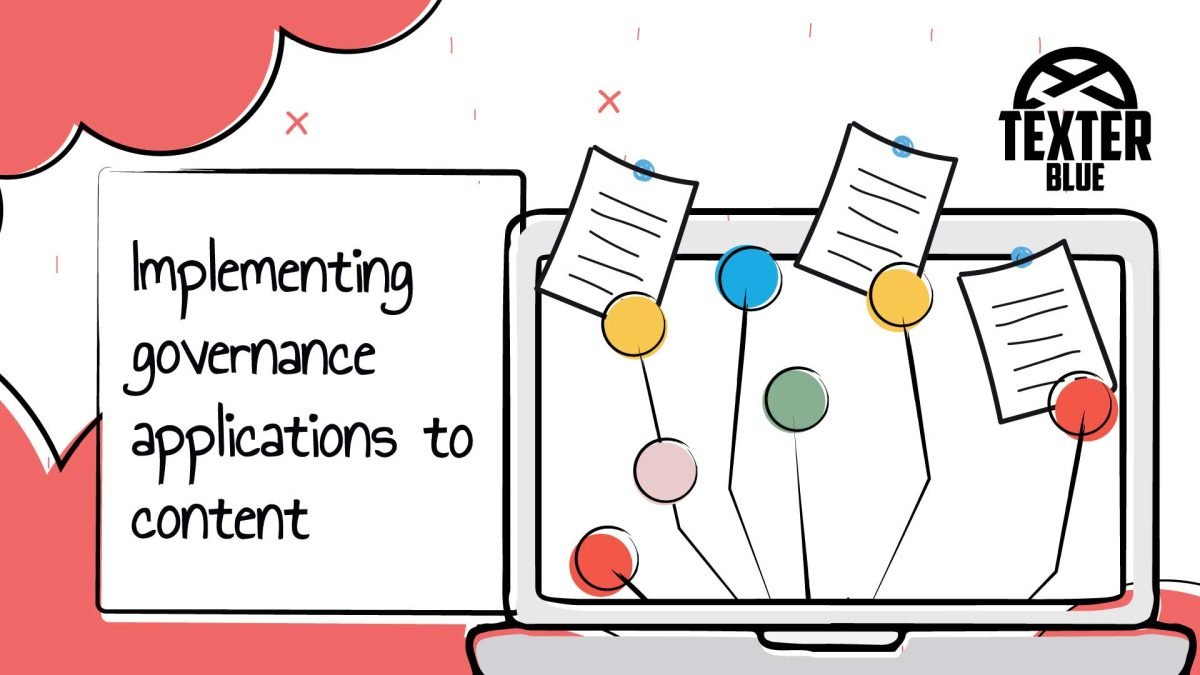In today’s world, organizations know data governance is key to managing data well. It helps ensure data quality, meets regulations, and guides decision-making. By setting up good data governance, companies can make the most of their data and succeed.
In this article, we’ll guide you through some important steps to implement data governance effectively.
What is data governance?
Simply put, data governance is everything that is done to ensure that data is secure, up-to-date-and usable. It includes the tasks individuals need to do, the procedures they need to adhere to, and the technology that aids them across the data life cycle.
Important steps for effective data governance
1) Evaluate your organization’s readiness
Assess your organization’s readiness for data governance implementation by examining current data management practices and processes. Identify gaps, challenges, and areas needing improvement. Tailor the implementation plan to address specific needs and challenges.
2) Define the objectives and scope
Start by identifying the specific aims you wish to accomplish with data governance, whether it’s enhancing data quality, ensuring compliance, or maximizing data utilization. Next, define the scope by pinpointing the essential data assets, systems, and processes that will fall under your data governance framework.
By establishing clear objectives and scope, you create a roadmap for implementing data governance that aligns with your organization’s priorities.
3) Establish a framework
Define data governance policies, procedures, and standards to ensure uniformity and alignment across the organization. The framework acts as a guiding document, detailing how data governance will be executed, communicated, and upheld throughout the organization.
4) Create a data dictionary and metadata management practices
A data dictionary stores definitions, rules, and metadata about your data assets, ensuring everyone understands them. Metadata management involves organizing and maintaining metadata like data sources and transformations. These practices help with understanding data better, finding it easier, and enforcing governance.
5) Implement data quality management
Data quality directly affects how accurate, reliable, and useful your data is. To ensure high data quality, establish standards, metrics, and processes for assessing, monitoring, and improving data quality. This involves identifying important aspects of data quality such as completeness, accuracy, consistency, and timeliness. Use data profiling techniques to spot anomalies, data cleansing procedures to fix errors, and validation methods to ensure data meets quality criteria.
6) Implement data protection measures
It’s essential to establish strong controls for data security and privacy. This includes defining access controls, authentication methods, and encryption techniques to prevent unauthorized access, breaches, and misuse of data.
Developing privacy policies and procedures ensures compliance with relevant data protection regulations and promotes lawful and ethical use of personal data.
7) Define metrics, evolve and improve
Defining data governance metrics is essential for measuring the success of your data governance efforts. Choose relevant metrics that match your data governance goals, such as data quality, compliance and access. Regularly track these metrics to evaluate how well your data governance practices are working and pinpoint areas needing improvement.
Furthermore, continuously review and refine your data governance program based on feedback, business changes, and regulations. Adapt your framework to accommodate new data sources and technologies.
By embracing continuous improvement, your data governance program stays relevant and impactful in a dynamic data environment.
Texport: Alfresco Exports & Imports by Texter Blue
Introducing a new mindset for upgrades and content transfer, we’ve developed a solution that exports and imports at object level supporting all Alfresco object types and it carries the symbology of true export.
Full Support – Supports content, metadata, relationships, permissions, versions, tags, categories, sites-memberships, and all other repository node relations from a source Alfresco repository to any target Alfresco instance.
Optimized – Multi-threaded tool that leverages low level OS and cloud resources via its close relation with Python, as such it’s fully optimized for export/import throughput, ingestion rates of up to 2800 nodes/sec.
Native S3 – Native S3 support allowing full repository bidirectional transfer from a normal fileContentStore into an S3ContentStore
Clean Data – Move all content or choose to archive or dispose certain areas of the repository – for example the archiving part of the audit-trail to increase database performance.
Record – Keep a record of all exports and imports executed for validation and data quality purposes. It ships with an ElasticShearch integration providing robust dashboards in Kibana for content transfer executions overview.
Cloud Ready – Container friendly and Cloud ready, adding security and backup options in future relations.
A clever digital transformation…
Texport provides the opportunity to implement a clever digital transformation to the way the organisation interacts with their digital content, consolidating and enriching data – tagging, categorising, auto-classification, applying AI – thus increasing efficiency and optimising the investment.
Download here the Texport – Alfresco Exports & Imports – DataSheet:
By submitting you confirm that you have read and agreed with our Privacy Policy.
TML: Texter Machine Learning by Texter Blue
Your content and data are the foundation upon which your business operates, and critical decisions are made. Recent advancements in AI in areas such as image and natural language processing have enabled a whole new level of automatic extraction of information and data analysis that power the automation of key business processes not possible until now.
- Process your data with different AI engines, integrating the results.
- Supports several data formats: images, video, text, etc.
- Generate new content and document versions based on AI results.
- Store extracted information in metadata, enabling further processing and process automation.
- On cloud or on-premises – in case you don’t want data to leave your private infrastructure.
- Compatible with several different ECM providers
- Ability to develop custom AI models to target your specific needs and data.
AI is essential to remain relevant!
The adoption of AI in modern organisations is essential to remain relevant and competitive, optimising efficiency, empowering new business opportunities and freeing critical human resources to specific value-added tasks.
Download here our TML – Texter Machine Learning – Datasheet:
By submitting you confirm that you have read and agreed with our Privacy Policy.
If you’re struggling with your digital transformation, remember… you are not alone in this… Texter Blue is here to help you providing the best results! Make sure you read our news and articles and contact us.

